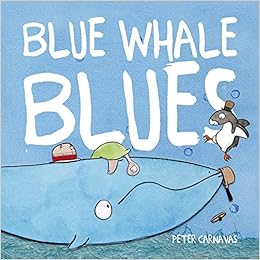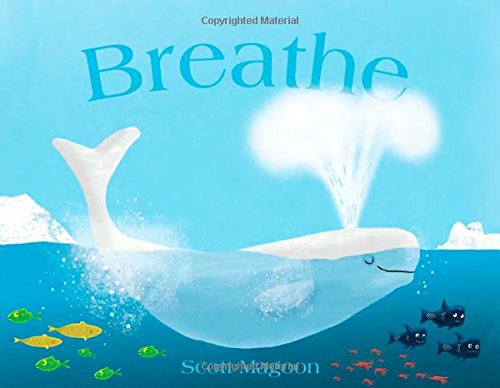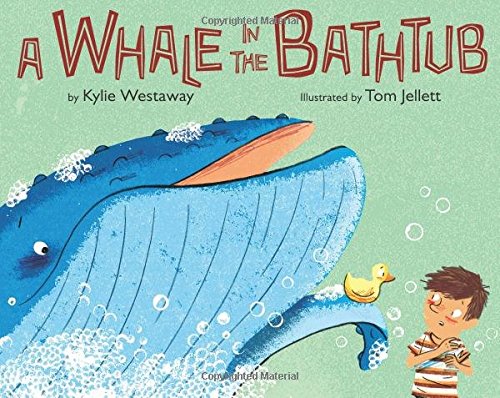In order to become a naturalist, one must spend time outside-crazy, right? So unsurprisingly, the first step for teaching children to become naturalists is to allow them to spend as much time as possible outside.
A great way to promote an appreciation for nature in young children is to create nature journals. Children can create a personal nature journal where they can keep all of their discoveries.
Here are some more examples of Nature Journals: https://vimeo.com/180339011
Here is a picture of the nature journal that I made:
Activities (From Nature Connection Book):
A quick Drawing Lesson:
The drawing activities in the book would be very useful to do with children after creating a nature journal to get them started with some ideas.
Contour Drawing: Draw an object that you are looking at without looking down at your paper or picking up your pencil.
Here is my contour drawing of a squirrel:
Variations:
Some other types of drawing that I used in my nature journal were memory drawings (where you look at something for a certain amount of time and then draw it from memory) and gesture drawing (where you focus on drawing the movement of objects)
The Colors of the Seasons:

This activity has the children choose a color to represent the seasons and decorate the wheel.
Example:

Variation:
Have the children pick a symbol for each month to make a personal monthly calendar. They will think of things that occur in each month that makes it special to them and make a symbol that represents that. For example, the children might make a birthday cake for the month of their birthday. At the end, they can put it together to make a personal calendar.
Write a Nature Poem:
For this activity, after spending 15 minutes in nature, the children will find a quiet spot to write a poem.
Example:
Squirrel
By: Michelle Birmingham

Silly Squirrel
Quirky Squirrel
Unpredictable squirrel
I love to watch you play
Running squirrel
Rambunctious squirrel
Excited every day
Little squirrel, I love you so, please don't run away
Enjoy this funny Squirrel Video!!
Variation:
While outside children can write down individual words that they think of. When the class goes back inside they can re-write or decorate their words and put them together (on a large piece of paper), to create a story or poem.
Find a Favorite Spot:
For this activity, children will go their favorite spot outside and write or draw in their journal.

This is my favorite sit spot
Variation:
Sound-Mapping:
Children close their eyes and focus on the sounds that they hear to inspire their drawings. The children will mark an X at the center of their paper to show their sit spot and then they close their eyes for 5 minutes, listen, and draw. They can use simple markings to represent the sounds that they hear around them.
Books about Nature:

 .
. 
















